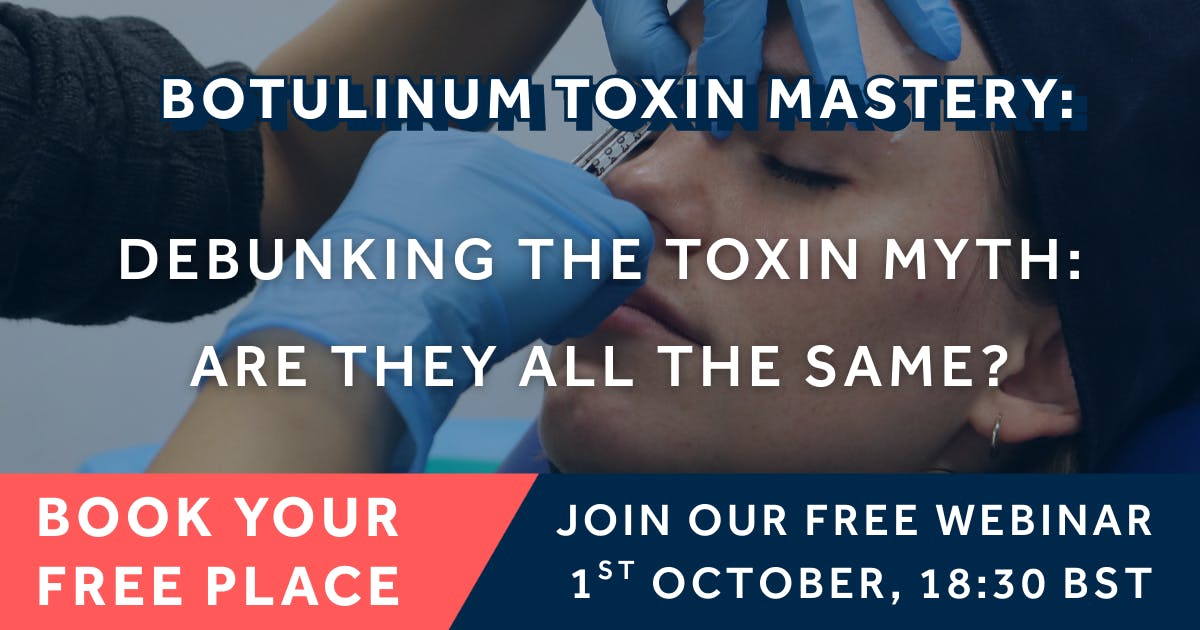How to Perfect Your Upper Face Botox Techniques: Expert Advice

10 Key Takeaways from Botulinum Toxin Mastery: Upper Face Toxin Webinar with Dr Kam Lally and Dr Marcus Mehta
As part of our webinar series, Botulinum Toxin Mastery: Preventing & Managing Complications, special guest, Dr Kam Lally joined our Chief Marketing Officer, Dr Marcus Mehta, for a deep dive into the popular ‘3 areas’.
Dr Kam Lally is a GP and Cosmetic Physician. He’s the director of Aestheticology Clinics, and the RCGP Aesthetic Medicine Lead. He’s lectured on the world's biggest stages and trains globally in a broad range of non-surgical therapies, with a philosophy that goes beyond the full face approach to a 'whole patient' approach.
Both clinicians shared valuable clinical insights and practical experience to support medical aesthetic practitioners like you in advancing your clinical skills.
Their discussion highlighted essential techniques, safety considerations, and strategies to personalise treatment for each patient.
Here we explore 10 key takeaways on upper face botox treatments from this session…
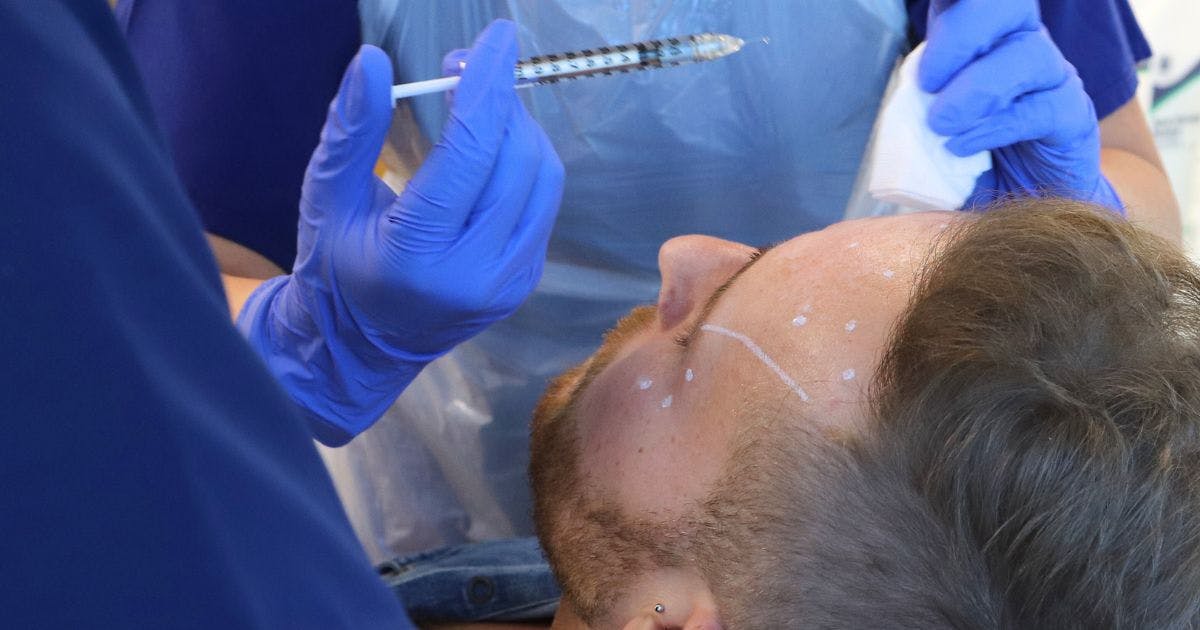
How does botulinum toxin type A work? A quick pharmacological guide
Before we get stuck into the tips and tricks, let’s first explore how botox works. Dr Kam provides a helpful overview of neurotoxin pharmacology.
“When the toxin is present in the muscle tissue, the neuromuscular junction is where it acts,” he explains. “There’s a light chain and a heavy chain. The total chain length of the combined toxin is about 150 kilodaltons, if you don’t take into account any complexing proteins which may or may not be present, depending on your toxin of choice.
“The heavy chain is about 100 kilodaltons. That, essentially, allows the internalisation of the neuromuscular junction. It will allow it to be taken up as a vessel and then as a vesicle.
“Then what happens is the short chain, or the ‘light’ chain - which is around 50 kilodaltons - will dissociate from that and it will be extruded. This prevents vesicles containing acetylcholine, which is the neurotransmitter that would normally cross the neuromuscular junction and trigger an action potential from the nerve to the muscle. So the acetylcholine is the key communicator that effectively translates chemical signals into electrical potential.”
He continues, “What the light chain does, is inhibit docking proteins, which are known as snare proteins. It cleaves the docking proteins that allow the vesicle to fuse with the nerve ending, which would then be pushed across the neuromuscular junction.
“The specific snare protein, the type A toxin effect, is called snap 25. So, it’s a specific docking protein; your vesicle can no longer dock with the nerve ending. It can no longer fuse and extrude its contents to continue that communication between nerve and muscle. And that’s essentially how it happens.
“It’s an irreversible procedure but the body is very clever and will create new receptors and recycle the blocked snare proteins, and it’ll produce more. That, typically, is how your four or five-month toxin time scale works. All of the broken down parts are effectively excreted by the kidneys."
Why getting upper face toxin treatments right matters
For many new aesthetic practitioners, upper face toxin is where everything begins. It’s often the first treatment new patients request, making it the foundation of an injector’s practice.
A reputation for safe and effective upper face work can build trust, credibility, and a loyal patient list. This area of practice is also highly visible, so mistakes can be obvious and damaging. Getting it right is vital.
Personalisation is the other side of the coin given no two patients are the same. Anatomy, facial expression, and desired outcomes all vary widely. A protocol that works for one patient can look heavy, asymmetrical, or overdone in another.
The skill lies in adapting neurotoxin doses, placement, and technique to fit each unique face.
Mastering upper face treatments, therefore, requires more than knowing simply where to inject botox. It requires clinical judgement, anatomical knowledge, and the confidence to make careful adjustments.
You must master your facial anatomy relating to the “key players” in the upper third of the face.
- Frontalis muscle
- Procerus muscle
- Orbicularis occuli
- Corrugator supercilli, often known as just the ‘corrugator’.
Whilst you’ll learn the fundamentals of neurotoxin administration during foundation-level botox courses, we always encourage you to dive deeper. To excel in aesthetics and stand out, even with what some may consider ‘basic’ treatments, it’s important to really perfect your approach. Not to mention constantly refining your approach, based on the latest evidence.
10 Ways to Enhance Your Upper Face Toxin Approaches
1. Always start with a detailed clinical consultation
Dr Kam stresses the importance of investing time in your patient consultation. A rushed conversation risks missing crucial details about your patient’s medical history, goals, and concerns.
This step builds trust and also protects you as a practitioner. Clear records and honest discussions set the stage for safe, appropriate treatment with informed consent. Patients feel heard, and you avoid any surprises later.
A thorough clinical consultation also allows you to identify contraindications, such as neurological conditions, medications, or unrealistic expectations. It’s your chance to establish rapport, explain risks, and prepare the patient for your personalised treatment plan.
2. Respect your patient’s natural facial movement
Upper face toxin treatments must preserve a sense of natural expression. Over-treating can produce the stereotypical ‘frozen’ look. Whilst this is something some aesthetic patients may request, it’s often an outcome many fear.
Dr Kam advises focusing on balance. The aim is not to erase every line but to soften them while maintaining natural dynamics. This approach creates results that are subtle, safe, and sustainable.
He also noted that younger patients are often looking for preventative treatment, not erasure of lines. In these cases, where you believe treatment is appropriate, light dosing is best. This will reduce overactivity whilst still leaving your patient with their full range of movement intact.
3. Personalise your toxin doses to your patient’s individual anatomy
There’s no universal neurotoxin dose that works for everyone. This is true regardless of what brand of botulinum toxin you use.
Variations in muscle bulk, strength, and pattern of expression mean upper face botox treatments must be personalised.
This is especially true in the glabella and forehead. Some patients will need higher doses to relax stronger muscles, while others require less. Attention to these types of details prevents complications and ensures better clinical outcomes.
In practice, this means watching your patient animate during consultation. By seeing how their brows move, you can judge which muscles dominate and adjust your plan accordingly.
Always ensure you assess your patient’s full range of dynamic movement from the front and lateral views. Ask them to:
- Raise your brows as high as you can
- Relax
- Frown as hard as you can
- Relax.
Be patient and encouraging if the patient is shy or reluctant to pull the various faces needed to do so. Explain how these observations will help you to tailor your treatment plan to their unique anatomical needs, for optimal outcomes. This will hopefully spur them into being more enthusiastic in their face-pulling!
Dr Kam advises you develop a true understanding of the following points for each muscle:
- Origin
- Insertion
- Location of the majority of the motor end plates.
“If you know where the end plates are and you direct your toxin treatment to where there’s the highest concentration of these, you will get more bang for your buck,” he shares.
“Your patient will get a better, longer-lasting result, because less neurotoxin will be wasted, because you’re putting it in the right place and it’s being taken up by the nerve endings rather than being broken down or lost.”
4. Forehead injections demand caution even with neurotoxin
The frontalis muscle is thin, variable, and easy to overtreat. Drooping brows are one of the most common complications in this area, also known as brow ptosis.
Our Upper Face Toxin webinar emphasises using conservative doses and careful placement. Depositing the neurotoxin evenly and respecting the patient’s natural brow position are essential steps every aesthetic practitioner should take for avoiding unnatural results.
Injecting too low or with too much volume will almost certainly produce heaviness. Instead, Dr Kam recommends micro-dosing in the lower forehead and reserving larger units for the upper zones.
For optimal results in this zone, you should understand the Line of Convergence, also known as the C-line. This horizontal forehead landmark splits the frontalis into elevator and depressor zones. So, injecting along or above this line changes your lifting vs depressing effects.
5. Always consider the brow as a unit
The position and shape of the brow influence both aesthetics and function. As such, treating the forehead without considering the brow can lead to imbalance.
Dr Kam recommends planning your toxin injection patterns with the brow in mind. He notes that supporting lateral lift while avoiding medial heaviness helps maintain harmony across the whole upper face.
This requires careful observation of the patient’s resting brow, however. A naturally heavy brow demands extra caution, while a lighter brow may tolerate slightly higher doses without issue.

6. Glabella treatment requires a precise toxin injection technique
The glabella is high-risk because of its proximity to key blood vessels. Poor botox injection technique here can cause complications.
Precision in depth, angle, and volume is critical. As a responsible aesthetic practitioner, you always want to respect your patient’s anatomy, inject slowly, and remain vigilant for red flags.
Dr Kam reminds clinicians to use firm anatomical landmarks. Depositing deep at the origin of corrugators and superficial at the tails reduces risk. This also ensures accurate targeting of motor end plates.
7. Manage your patient’s expectations from the start
Your patient may not understand that not every line can be fully removed with toxin. Static lines, particularly in older patients, may persist.
Dr Kam recommends you provide clear, realistic explanations during consultation to ensure this is spelled out. Patients who understand the limits of treatment are more satisfied with their results, while those who expect perfection are more likely to be disappointed.
This is a great example of where you should under-promise but may well over-deliver.
Clinical photography is a helpful tool here. Showing your patient before-and-after images from similar cases helps them to see what is achievable and prevents unrealistic comparisons with celebrity results.
Videos showing a patient’s range of facial expression capabilities before and after treatment can also be helpful.
8. Re-treat conservatively, if needed, at their review appointment
Overcorrection is harder to manage than undercorrection, reminds Dr Kam. It’s safer to review the patient at two weeks and add more units if required.
This staged approach reassures patients and reduces risk. It also helps build trust, as patients see that care is taken to adjust treatment rather than rushing to deliver a one-off result.
Leaving some residual movement is also more natural. If patients want further smoothing, it's easy to provide an adjustment dose. But once brows drop, the only option is to wait for recovery.
Remember to always use the appropriate language when discussing toxin review appointments with your patients. Calling them a ‘top-up’ can cause the assumption that they’ll be getting another treatment.
9. Build longer lasting toxin results with good injection techniques
Sustainable toxin results depend not only on the product but also on how it's delivered. Poor botox injection technique can reduce longevity or create uneven wear.
Consistent landmarks, correct depth, and stable injection pressure all matter. These habits increase patient satisfaction and reduce the number of follow-up corrections needed.
Dr Kam emphasises aiming for the highest density of motor end plates. By targeting these sites, less toxin is wasted and results last longer, even with smaller doses.
10. Continuous learning is essential; the toxin space is evolving
Though neurotoxin treatments may look simple from the outside, they demand ongoing learning. Facial anatomy is complex with new insights being gleaned all the time. Additionally, products evolve, and patient expectations shift over time.
As an aesthetic practitioner, you need to keep on top of this, to ensure your knowledge remains up-to-date and your practice remains inline with the latest evidence.
Remain open to new ideas, keep training, and seek mentorship. Even experienced injectors benefit from new insights and collegiate discussion.
Cadaver labs, refresher botox courses, and hands-on mentoring sessions were highlighted as key ways to sharpen skills. Every small adjustment in technique can improve safety and outcomes, as well as your reputation amongst your patients and peers.
You don’t know what you don’t know, so keep exploring!
This webinar with Dr Kam Lally and Dr Marcus Mehta underlined just how much skill lies behind safe upper face toxin treatments. The conversation covered consultation, anatomy, technique, and patient communication. Each takeaway reinforced the point that excellence comes from a blend of technical precision and human connection.
For clinicians who want to build a successful aesthetic practice, upper face toxin is a natural starting point. It's both a clinical challenge and an opportunity to demonstrate credibility. Patients will return and recommend based on these results.
At Harley Academy, we offer structured pathways to help injectors master these foundations. Our courses in botulinum toxin provide hands-on aesthetics training, mentorship, and a clear framework for safe practice. They’re designed to build confidence gradually, moving from beginner principles to more advanced techniques.
Whether you’re just starting out or refining your skills, the message is simple. Invest in your training, respect the complexity of the face, and keep learning from peers and mentors. The best outcomes follow when technical excellence meets careful, patient-centred care.
All information correct at time of publication
Download our full prospectus
Browse all our injectables, dermal fillers and cosmetic dermatology courses in one document
By submitting this form, you agree to receive marketing about our products, events, promotions and exclusive content. Consent is not a condition of purchase, and no purchase is necessary. Message frequency varies. View our Privacy Policy and Terms & Conditions
Attend our FREE open evening
If you're not sure which course is right for you, let us help
Join us online or in-person at our free open evening to learn more
Our Partners
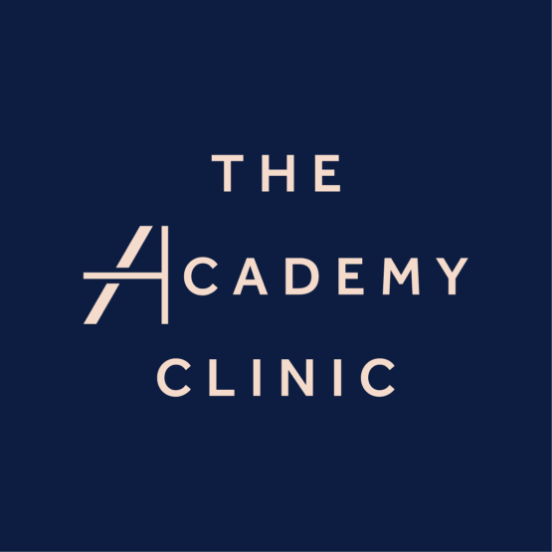

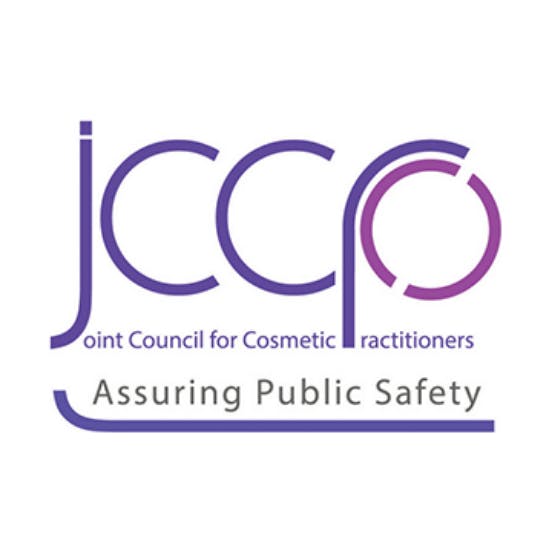
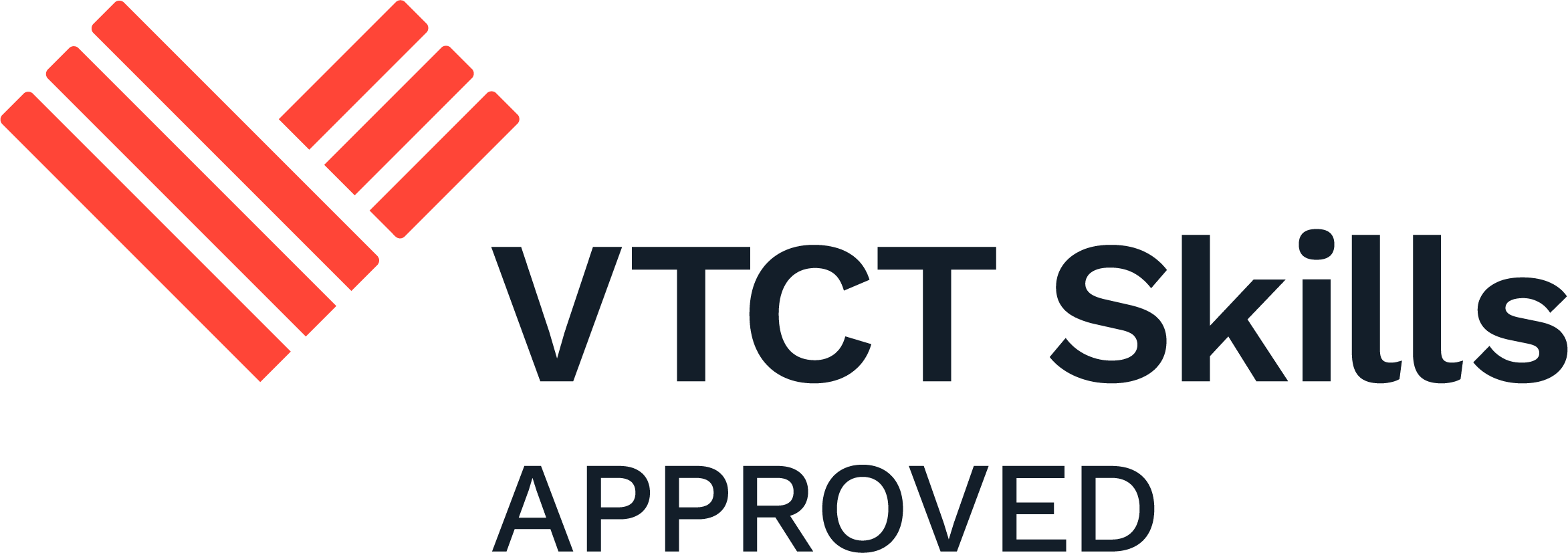

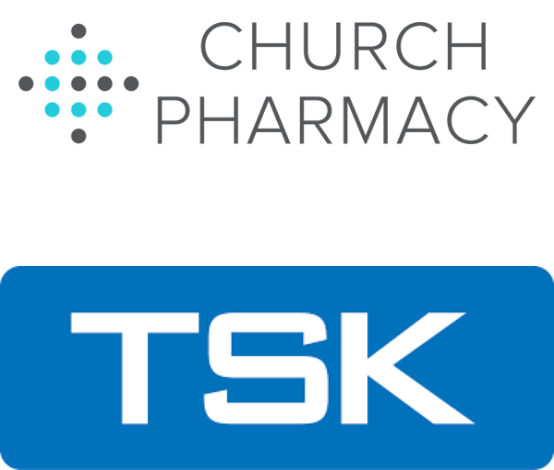
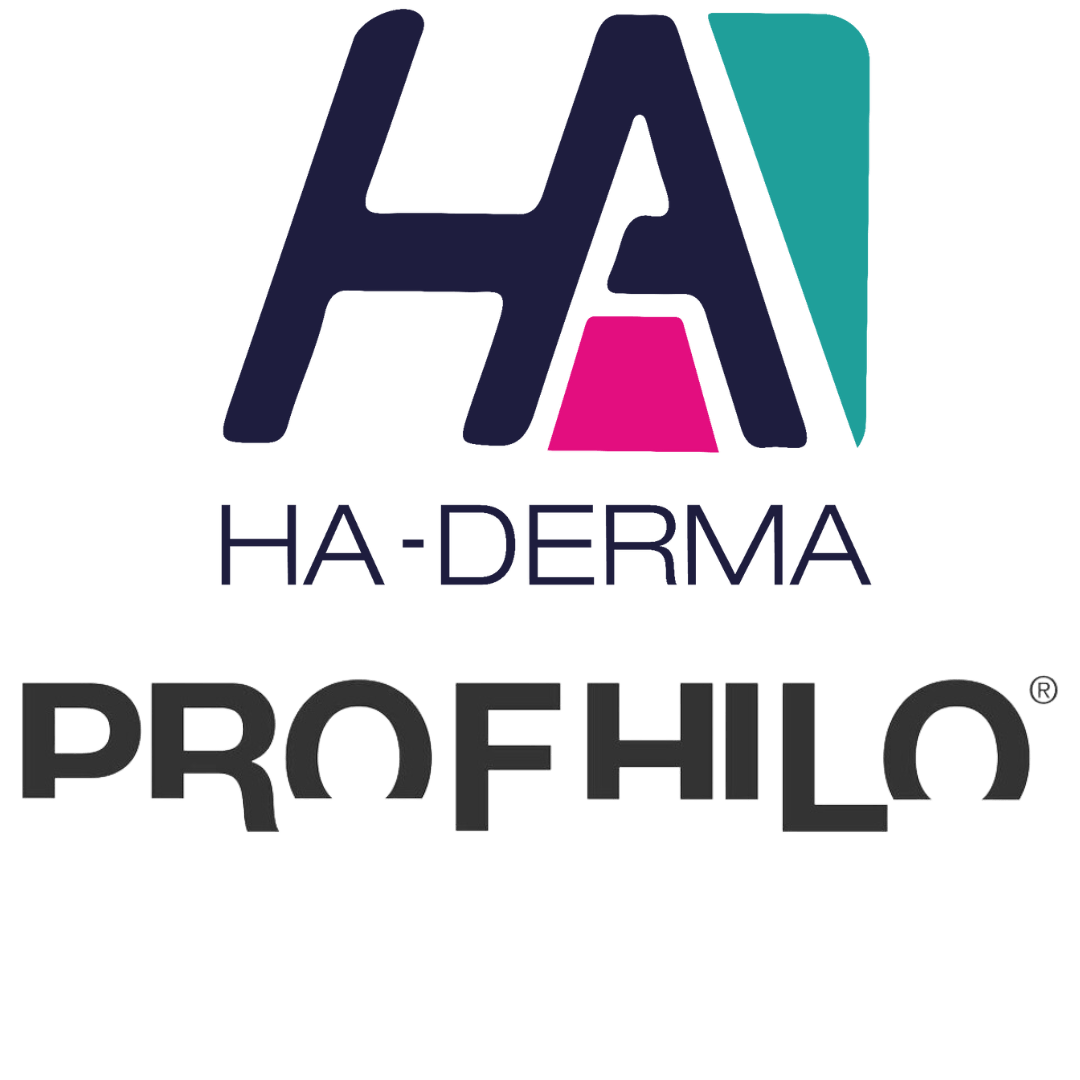
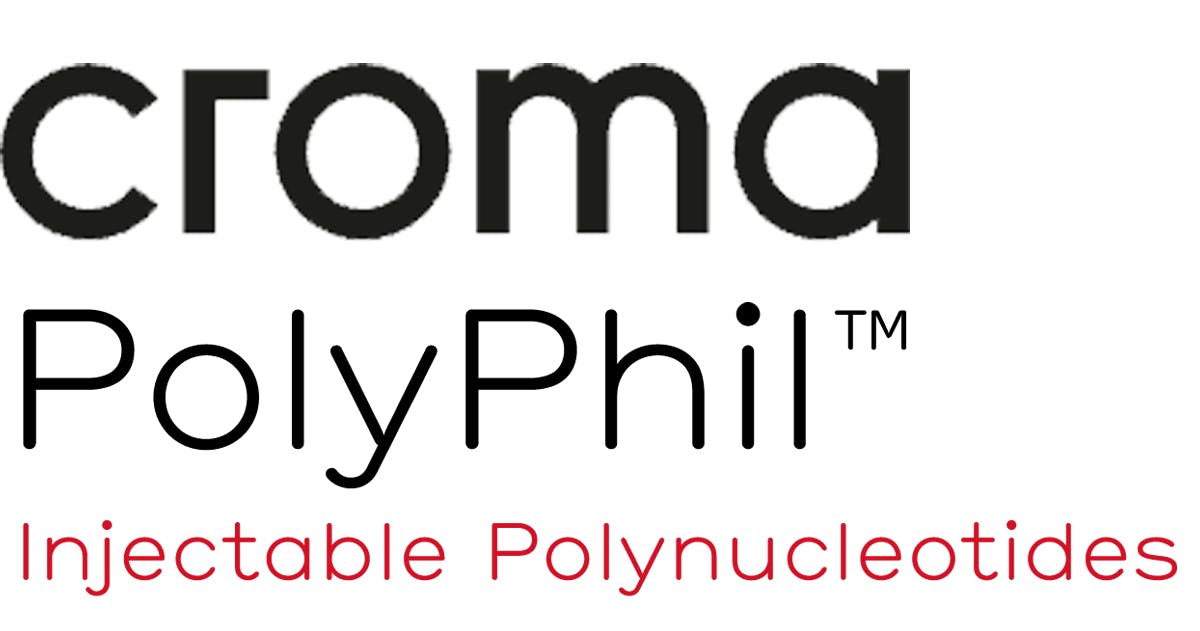

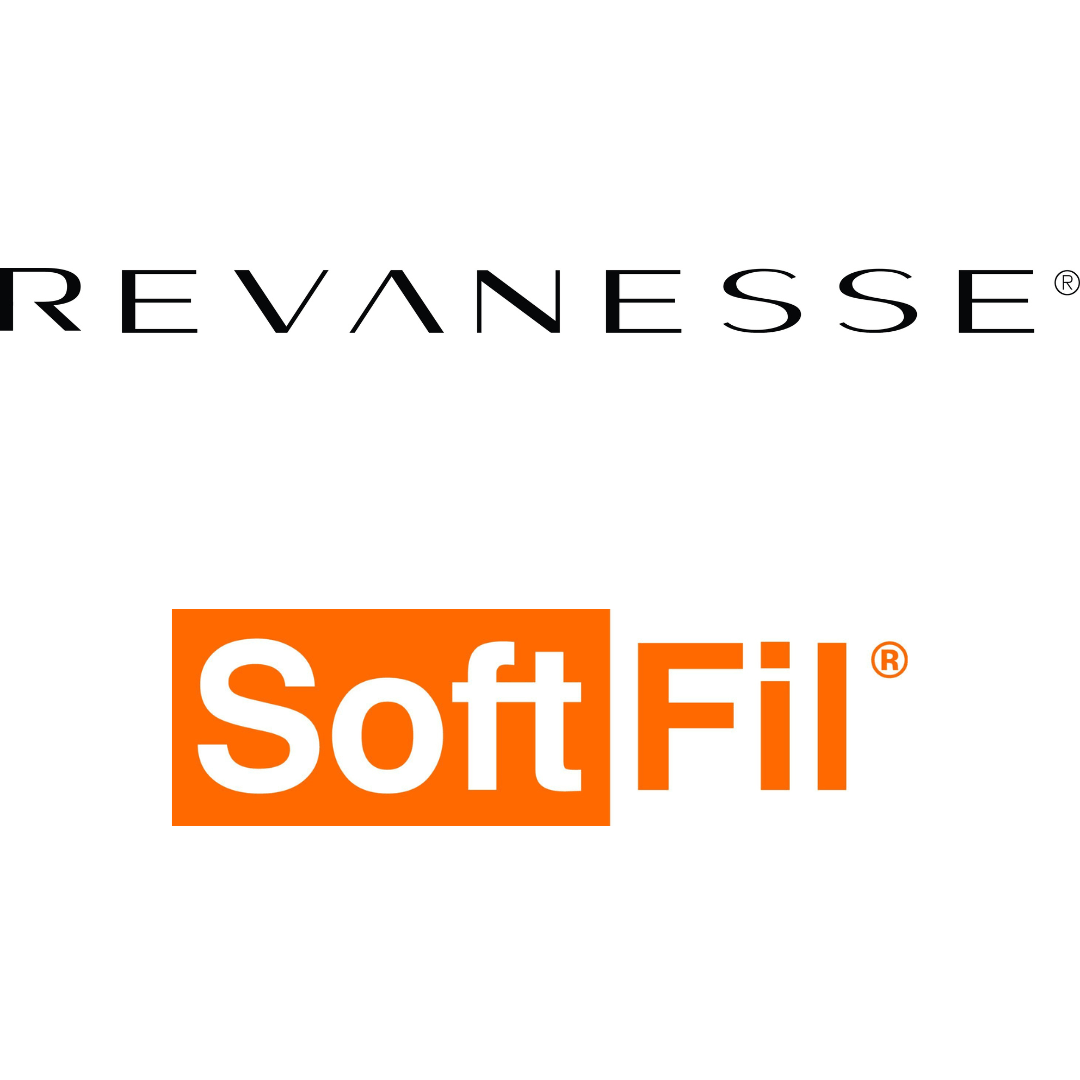

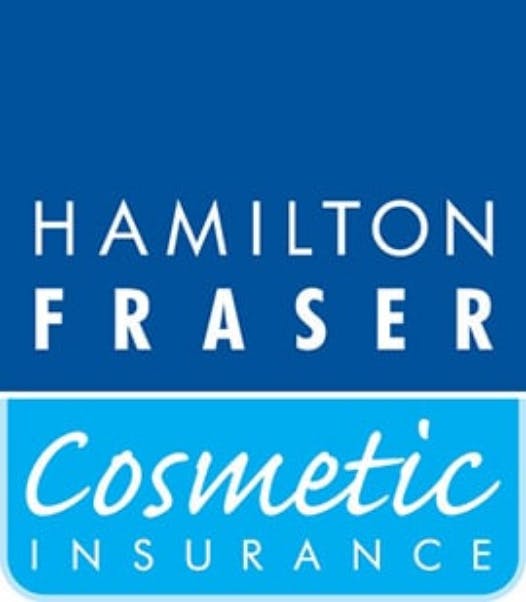
STAY INFORMED
Sign up to receive industry news, careers advice, special offers and information on Harley Academy courses and services


